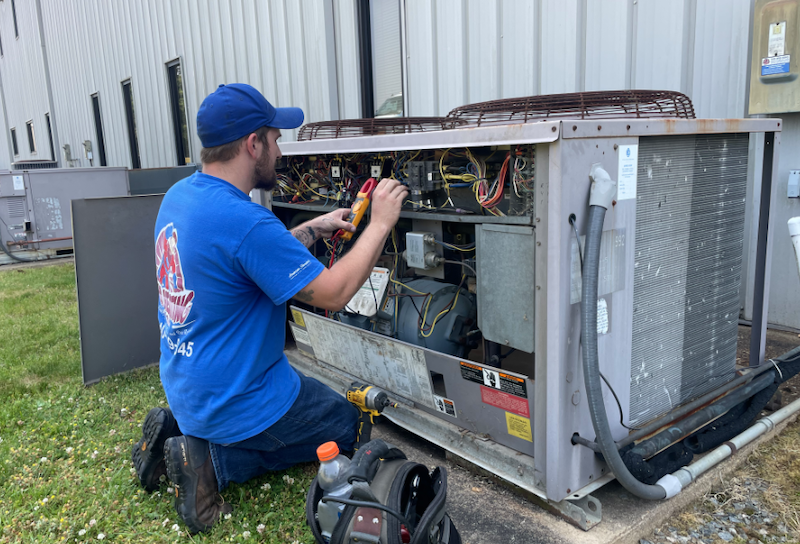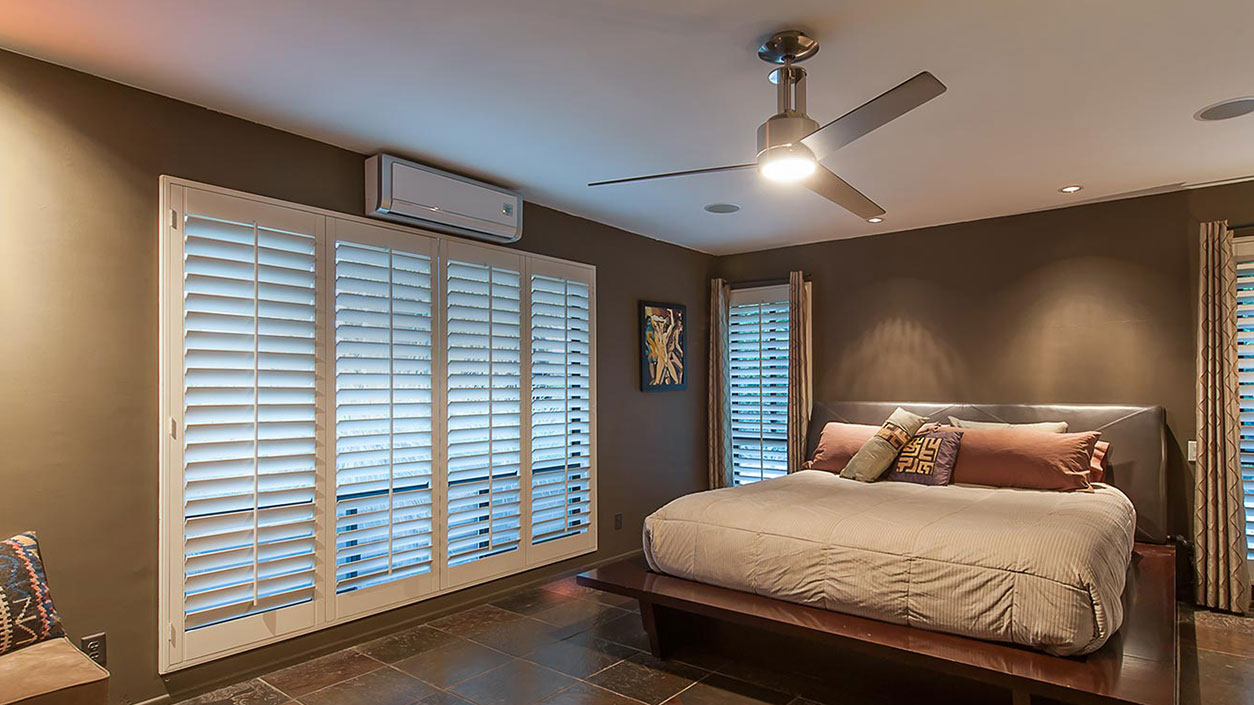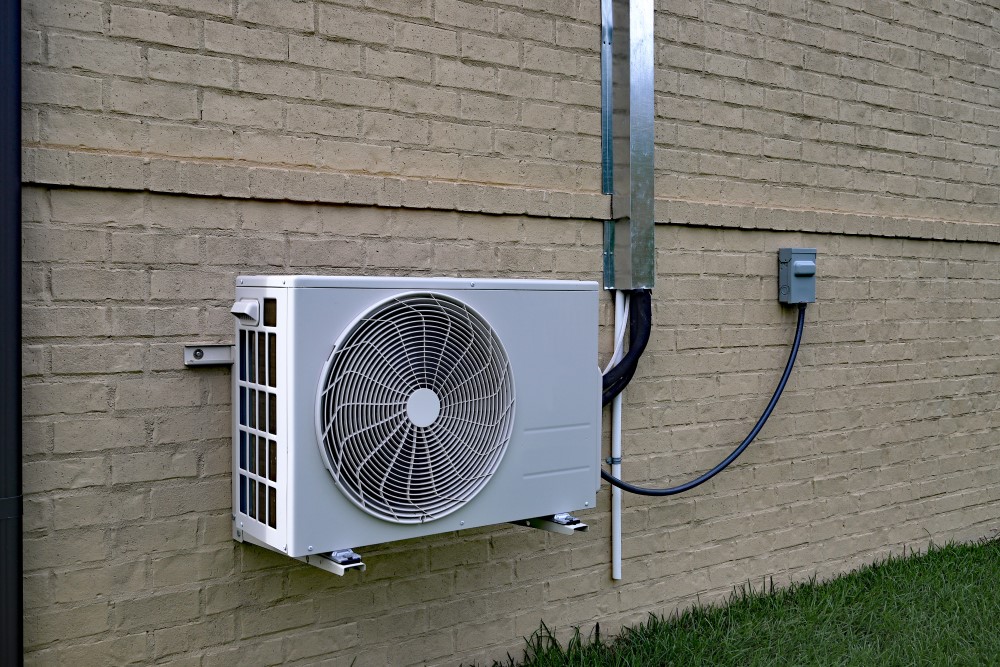Air Conditioning Installment for Historic Houses: Difficulties and Solutions
Thinking about the complexities of cooling old residences, a/c installment for historic homes positions strange circumstances.
Exactly how can you preserve the stability of period properties while guaranteeing first-class interior comfort?
Untangle the enigmatic interaction between modern-day cooling eases and ageless architectural prizes in the adhering to discussion.
Key Takeaways

- Preserve historical charm with appropriate products and professional assistance.
- Update electric systems for contemporary HVAC compatibility and safety.
- Discover small cooling choices like mini-split or high-velocity systems.
- Improve energy effectiveness via insulation, smart thermostats, and upkeep.
Historical Factors to consider
When taking into consideration the setup of a/c in a historic home, it is essential to understand the one-of-a-kind historical elements of the building. Remediation difficulties often develop when trying to mix modern comfort with preserving the historical honesty of the home. The architectural effect of mounting cooling need to be very carefully reviewed to make certain that the system doesn't interfere with the home's original layout.
Protecting the historical appeal of a home while upgrading its facilities can be a fragile equilibrium. Reconstruction difficulties might consist of finding methods to hide ductwork, situating very discreet areas for the exterior unit, or adapting the system to fit within the existing building restraints. It's vital to deal with specialists experienced in historical home remodellings to navigate these difficulties efficiently.
The building impact of including cooling can be considerable. Cautious factor to consider has to be offered to just how vents, thermostats, and various other elements will certainly mix with the home's aesthetic. Seeing to it that the setup does not jeopardize the historic integrity of the home is vital when taking on such a task in a historical home.
Examining Electric Solutions
To guarantee an effective installation of air conditioning in a historic home, assessing the compatibility and capability of the existing electric systems is important. Before waging the setup, it is necessary to assess whether the electric system can take care of the additional lots that the cooling unit will certainly present. Sometimes, upgrading the voltage of the electrical system may be essential to ensure it can power the new air conditioning system successfully.
System compatibility is one more key aspect to evaluate when examining the electrical setup of a historic home. Older electric systems may not work with contemporary a/c units, which could lead to malfunctions and even posture security hazards. Making sure that the electrical system is compatible with the brand-new cooling devices will aid avoid any type of potential concerns down the line.
Space Restraints and Ductwork Options
When handling restricted room in your historical home, you might wish to check out ductless mini-split systems or high-velocity a/c systems as feasible choices. These systems can supply effective cooling without the requirement for extensive ductwork, making them suitable for older properties with space restraints.
Ductless Mini-Split Equipments
Thinking about room restrictions and various ductwork options, ductless mini-split systems provide a flexible solution for air conditioning setup in historic homes. These systems supply substantial energy savings contrasted to conventional cooling and heating arrangements, as they enable zoning, meaning you can cool down details locations only when required.
The design flexibility of ductless mini-split systems is also helpful for historic homes, where protecting the initial appearances is crucial. Without any ductwork needed, installation is much less intrusive, making it a recommended choice for older homes with minimal room or where preserving architectural stability is a concern.
Ductless mini-split systems are efficient, personalized, and blend seamlessly into historic insides, using a functional and energy-efficient air conditioning option.
High-Velocity Cooling And Heating Equipments
High-Velocity heating and cooling systems give a small and effective air conditioning remedy for historic homes with restricted space and particular ductwork needs. When thinking about these systems for your historic home, here are 4 bottom lines to bear in mind:
Mini air duct systems: High-Velocity heating and cooling systems make use of tiny air ducts that are a lot smaller sized in size compared to traditional ductwork, making them suitable for homes with area constraints.
Compact layout: The portable style of these systems enables easier installation in older homes where room is restricted.
Reliable air conditioning: In spite of their little size, high-velocity systems are capable of offering reliable cooling throughout your historical home.
Versatile installation: These systems supply numerous ductwork choices, such as flexible tubing, which can be directed via existing walls without major restorations.
Energy Efficiency Solutions
To improve the energy effectiveness of your historical home, consider updating the insulation and incorporating a smart thermostat. These services can assist manage indoor temperature levels successfully and reduce power consumption, guaranteeing a more lasting and cost-efficient air conditioning system for your one-of-a-kind residential or commercial property.
Make these upgrades component of your air conditioning installment plan to make best use of comfort while reducing ecological effect.
Insulation Upgrades

Upgrading the insulation in your historical home can considerably improve its power efficiency and total convenience while maintaining its distinct character and charm. Take into consideration these vital approaches for insulation upgrades:
Evaluate Home Window Treatments: Mounting energy-efficient window treatments like shielded drapes or blinds can help lessen warmth transfer and improve the total performance of your home.
Boost Roof Insulation: Updating roof insulation is important for better temperature law within your historic home, assisting to keep it cool in the summer season and warm in the wintertime.
Seal Gaps and Cracks: Recognizing and securing voids and cracks in your home's walls, floorings, and ceilings can avoid air leakage and improve insulation effectiveness.
 5. Consider Attic Insulation: Properly protecting your attic can dramatically minimize warmth loss and boost the general energy efficiency of your home.
5. Consider Attic Insulation: Properly protecting your attic can dramatically minimize warmth loss and boost the general energy efficiency of your home.
Smart Thermostat Integration
Taking into consideration the energy-saving advantages of insulation upgrades in your historic home, incorporating a clever thermostat can even more improve your power performance remedies.
Smart thermostats offer specific control over your home's temperature setups, resulting in substantial power cost savings. By maximizing heating and cooling routines based on your choices and day-to-day regimens, you can reduce energy waste and lower energy expenses.
Furthermore, clever thermostats give remote gain access to, enabling you to adjust the temperature setups from anywhere using your mobile phone or computer. This attribute enables you to make sure your home is efficiently warmed or cooled down even when you're away, making best use of convenience while minimizing energy usage.
Embracing clever thermostat technology is a practical action towards enhancing the power efficiency of your historical home.
Conservation Strategies for Air Vents
Protecting the stability of historic air vents is crucial during the installation of a/c systems in older homes. When it pertains to maintaining the building credibility of your historical home while updating its convenience, think about the adhering to preservation techniques for air vents:
Restoration Techniques: Carry out careful restoration techniques to protect the initial layout and material of the air vents, guaranteeing they blend flawlessly with the historic looks of your home.
Get in touch with Experts: Seek advice from specialists experienced in historic preservation to direct you on the most effective practices for preserving the air vents' building honesty.
Custom Solutions: Explore custom solutions that cater to the special qualities of your historical air vents, allowing for modern-day upgrades without compromising their initial charm.
Period-Appropriate Materials: Go with period-appropriate products when repairing or changing air vents, ensuring they align with the historic period of your home's layout.
Professional Tips for Successful Installment
When installing air conditioning in historical homes, making certain successful installation needs following specialist ideas for a seamless assimilation with your property's special features.

Start by carefully evaluating warranty insurance coverage provided by various cooling and heating business to safeguard your financial investment in situation of malfunctions. Get all required permit needs from neighborhood authorities before commencing any installment job to prevent lawful issues down the line.
Budget preparation is crucial; make sure to make up any kind of unanticipated costs that may arise throughout the setup procedure. In addition, develop upkeep schedules from the start to keep your brand-new system running effectively for many years ahead.
Often Asked Concerns
Can Air Conditioning Be Set Up in a Historic Home Without Compromising Its Historic Stability?
Yes, you can set up cooling in a historic home without endangering its historic honesty. Preservation strategies can be used to effortlessly integrate modern-day cooling systems while preserving the home's original charm.
By strategically positioning ductwork and units hidden, you can guarantee that the historic attributes continue to be noticeable.
It's feasible to enjoy the comforts of air conditioning in a historic home without sacrificing its special character.
Are There Unique Factors To Consider to Remember When Setting Up Cooling in a Historic Home With Outdated Electric Solutions? air conditioner installation
When upgrading wiring in a historic home with obsolete electrical systems, unique considerations are vital. Preservation techniques have to be used to preserve the historical integrity of the residential or commercial property.
It's important to deal with experts who recognize the delicate equilibrium in between contemporary benefits and preserving the home's special character.
Exactly How Can Ductwork Be Inconspicuously Set Up in a Historic Home With Limited Space?
When managing minimal room in a historic home, you'll need to contemplate very discreet style and space-saving solutions for installing ductwork. To keep historic preservation while enjoying modern comfort, explore creative means to put air ducts away without endangering the home's aesthetic appeals.
Look into slim air duct alternatives or consider utilizing existing dental caries for air duct placement. By mixing capability with nuance, you can ensure a smooth combination of cooling in your historical home.
What Are Some Energy-Efficient Alternatives for Cooling in Historic Homes?
When trying to find energy-efficient alternatives for cooling in historic homes, think about using energy-efficient zoning and miniature split systems. Energy-efficient zoning assists regulate temperature levels in different areas of your home, saving energy.
Mini divided systems are a terrific choice for older homes with minimal area, using both cooling down and warming features. By going with these remedies, you can keep your historic home comfy without endangering on energy effectiveness.
Exist Particular Conservation Strategies That Should Be Made Use Of for Historic Air Vents Throughout Installation?
When setting up cooling in historical homes, preservation strategies play a crucial role. It is very important to make sure that the existing air vents are meticulously incorporated right into the brand-new system to preserve the historical aesthetic of the home.
Conclusion
When mounting cooling in historic homes, it is very important to consider the special difficulties such as preserving the home's historic integrity, evaluating electric systems, and functioning within room restraints.
By carefully planning and using energy-efficient services, you can effectively install air conditioning without jeopardizing the personality of your historic home.
Keep in mind to seek advice from experts for guidance and assurance correct preservation strategies for air vents to preserve the elegance and performance of your home.